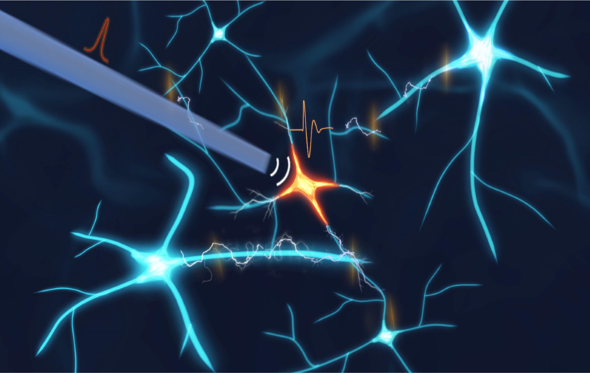Nano cloud capacitor section
The structure and construction of nano supercapacitors based on nanoelectronics have 100 times more charge than electrolyte types.
Note: One of the technologies that has grown significantly in recent years and can become the source of transformation in various industries, including nanoelectronics, in the near future, is the technology of supercapacitors. It can be said that supercapacitor is a kind of interface between electrolytic capacitors and rechargeable batteries.
The structure and structure of nano supercapacitors based on nanoelectronics store 100 times more charge than electrolytes in the same volume and charge and discharge at a much faster rate than batteries. Of course, these capacitors still store up to 10 times less charge than some types of batteries in the same volume. According to these characteristics, supercapacitors are used in cases where frequent charging and discharging are required, high charging speed is required, or sudden discharge of the charge is required. (Until now, their main use in the electronics industry has been as a backup for SRAM memories.) Nanoelectronics shows a schematic of a supercapacitor. The main idea to achieve high capacitance is to reduce the distance between positive and negative charges in the capacitor. The design of these capacitors is such that the thickness of the dielectric layer in them does not exceed one or more molecules. The dielectric nano layer is a barrier between positive and negative charges, which has a very small thickness. And the nano material is also an electrolyte that contains positive and negative ions. By placing a potential between the electrodes of the capacitor, negative ions move towards the positive electrode and positive ions move towards the negative electrode. Finally, two capacitors connected in series are obtained
Support nanostructures (SRAM multipurpose memories) are made of memory chips made of carbon nanotubes, although the discovery of small but very resistant, flexible and conductive carbon nanotubes with dimensions equal to DNA strands and the use of Chlorophyll-like small organic molecules can be absorbed instead of charge storage capacitors in DRAM and SRAM type memory chips. Nano crystals, the use of which will increase the lifespan of flash memories. and the development of a kind of magnetic material based on ferritin protein that will be used in the manufacture of disk drives and memory chips.
Production and manufacturing of memories is one of the largest industrial sectors, but it also faces many technical problems; Problems such as charge leakage from the capacitor, structures with increasing complexity, and sensitivity to minor errors caused by cosmic rays. The existence of such problems makes the chip makers unable to reduce the dimensions of their chips more than this. Other significant issues in this field include SRAM chips related to large memory cells, the difficulty of placing DRAM and flash memory next to logic chips, and the slow access time of flash memory and its limited stability.
Researcher and author: Dr. ( Afshin Rashid)
Specialized doctorate in nano-microelectronics




